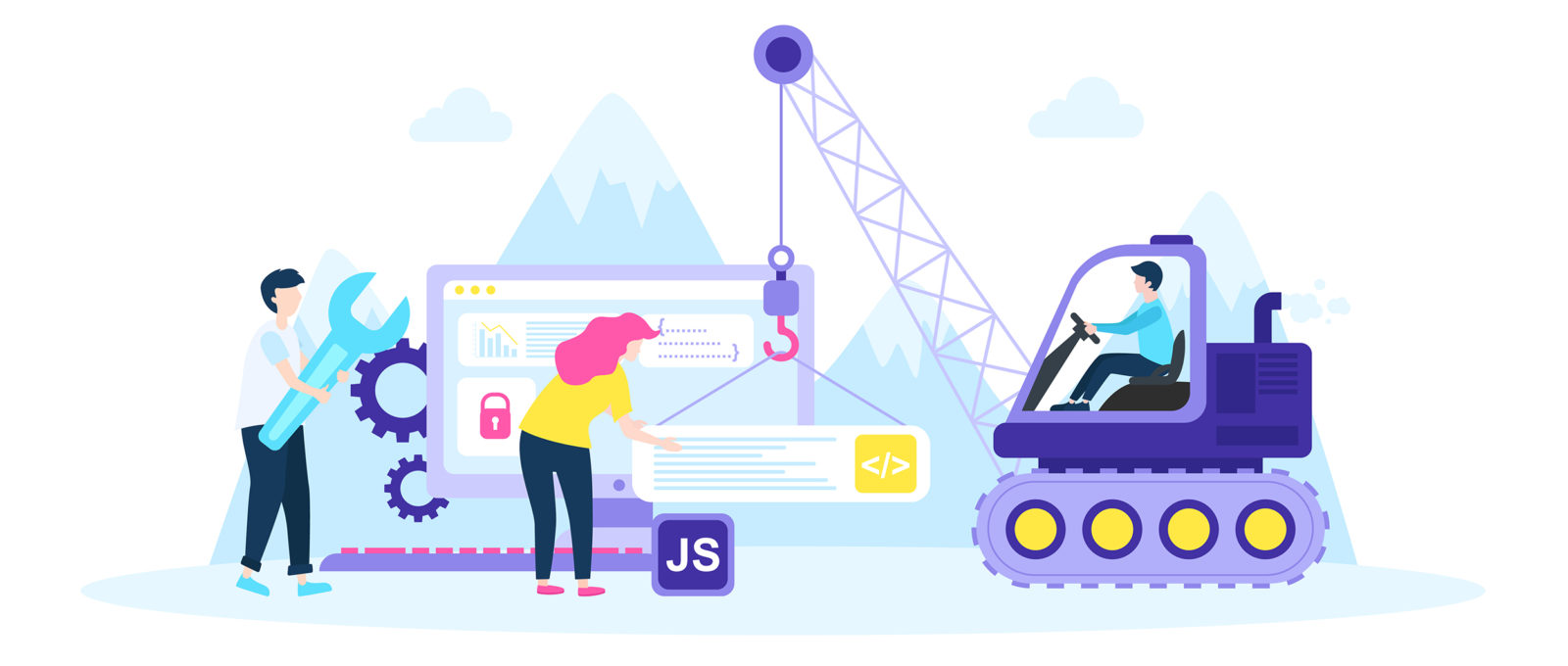The Development Of Website Design: After That And Currently
The Development Of Website Design: After That And Currently
Blog Article
Created By-Bradshaw Molina
In the past, web sites were basic and focused on info. Navigation was straight, and layout was for desktops. Currently, individual experience is essential. Information overviews styles for very easy navigation. Responsive formats match different tools. Today, dark setting reduces pressure, and minimal menus boost navigating. Interactive features involve individuals, and strong visuals stick out. AI integration increases interaction. See how layout has evolved to improve your on the internet journey.
Very Early Days of Web Design
In the very early days of web design, simplicity preponderated. Sites were basic, with minimal shades, fonts, and layouts. The emphasis was on providing information rather than showy visuals. Customers accessed the net through slow dial-up links, so rate and capability were vital.
Navigating menus were straightforward, generally situated at the top or side of the web page. Sites were made for desktop computers, as mobile surfing had not been yet common. Content was king, and designers prioritized simple readability over complicated design aspects.
HTML was the main coding language made use of, and designers had to function within its restraints. Animations and interactive attributes were minimal compared to today's requirements. Websites were static, with little dynamic web content or customized customer experiences.
Surge of User-Focused Layout
With the evolution of web site style, a change towards user-focused layout concepts has actually become progressively famous. Today, creating sites that focus on customer experience is vital for involving visitors and achieving business goals. User-focused design includes understanding the demands, preferences, and habits of your target audience to tailor the website's layout, material, and features as necessary.
https://smallbiztrends.com/2021/06/restaurant-marketing.html perform comprehensive research study, such as individual surveys and use testing, to gather insights and comments directly from users. please click the next webpage -driven method aids in producing user-friendly navigating, clear calls-to-action, and visually attractive interfaces that reverberate with visitors. By putting the user at the center of the style procedure, internet sites can supply a more personalized and enjoyable experience.
Receptive style has actually likewise become a vital aspect of user-focused style, making sure that web sites are optimized for different tools and display dimensions. This versatility improves ease of access and usability, accommodating the varied ways customers connect with sites today. Basically, the surge of user-focused style symbolizes a change towards developing electronic experiences that prioritize the needs and assumptions of completion user.
Modern Trends in Web Design
Check out the most recent patterns forming website design today. One noticeable pattern is dark setting design, offering a streamlined and modern-day look while reducing eye stress in low-light environments. One more crucial fad is minimalist navigation, streamlining menus and improving customer experience by concentrating on essential elements. Integrating micro-interactions, such as animated switches or scrolling effects, can create a more appealing and interactive site. Responsive layout stays important, guaranteeing seamless user experiences across numerous tools. Additionally, using bold typography and asymmetrical layouts can include aesthetic rate of interest and draw attention to particular content.
Incorporating AI modern technology, like chatbots for consumer assistance or individualized referrals, enhances individual involvement and streamlines processes. Availability has likewise become a substantial fad, with designers focusing on comprehensive layout techniques to deal with diverse individual demands. Embracing sustainability by enhancing site performance for speed and efficiency is an additional arising trend in website design. Teaming up with customer responses and data analytics to repeat and boost style continuously is crucial for remaining appropriate in the ever-evolving digital landscape. By embracing these contemporary fads, you can create an aesthetically appealing, straightforward web site that resonates with your audience.
Final thought
As you assess the development of website style from the very early days to now, you can see just how user-focused layout has actually become the driving pressure behind modern patterns.
Welcome the trip of change and adjustment in web design, always keeping the customer experience at the leading edge.
Keep present with the latest patterns and modern technologies, and never stop evolving your approach to create aesthetically stunning and straightforward internet sites.
Evolve, adapt, and produce - the future of website design is in your hands.
